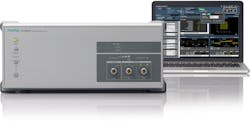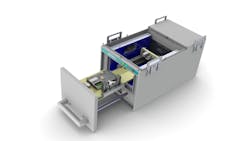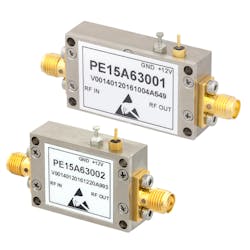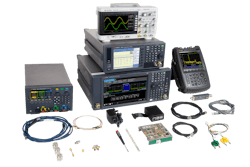EE's June Tech Focus: RFIC advances push the boundaries of wireless electronics
As wireless electronics technology became an industry norm over the last several decades, radio frequency integrated circuits (RFICs) were at the core. RFICs enabled the cost-saving shift of much—if not all—of a wireless transceiver to a single technology, leading to great advances in system-on-a-chip solutions we see today. While key applications for RFICs include communications and radar, they can essentially be applied to any electrical integrated circuit operating in wireless transmission—ranging from power amplifiers to MEMS switches to RFID systems.
Such technology was just on display at the IEEE International Symposium on Circuits and Systems (ISCAS) May 26-29 in Sapporo, Japan. And you can find many more at IEEE Microwave Week—to be held June 2-7 in Boston, MA.
Here’s a look at a handful of new solutions on the market and incorporate RFIC technology.
Wireless connectivity test set
Compact RF wireless test chamber
Input-protected low-noise amplifiers
Pasternack has released a new line of input-protected low-noise amplifiers with no damage up to +30 dBm CW input power that are ideal for radar systems, EW applications, military/microwave radios, wireless and satellite communications, and test instrumentation. The new line consists of 12 different models that cover a broad range of frequency bands from 10 MHz to 3.5 GHz. These designs exhibit typical performance that includes low noise figure levels from 0.8 to 1.6 dB, high-small signal gain ranging from 25 to 40 dB, and low VSWR levels from 1.3:1 to 1.5:1. This performance is achieved through the use of hybrid MIC designs that incorporate PIN diode limiter circuitry and Enhancement mode GaAs pHEMT semiconductor devices. These amplifiers operate with a bias voltage of +12V typical over the temperature range of -40°C to +85°C. The 50 Ohm, SMA connectorized modules are unconditionally stable, include built-in voltage regulation and have DC blocking capacitors on the RF ports. Pasternack





